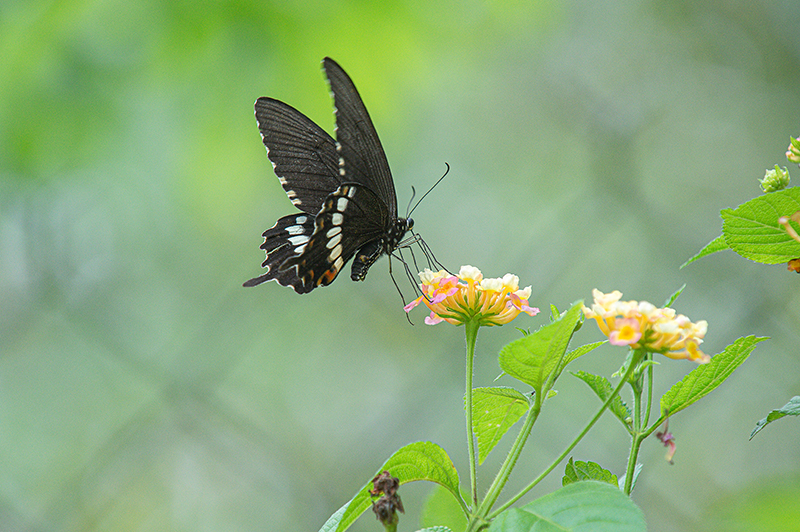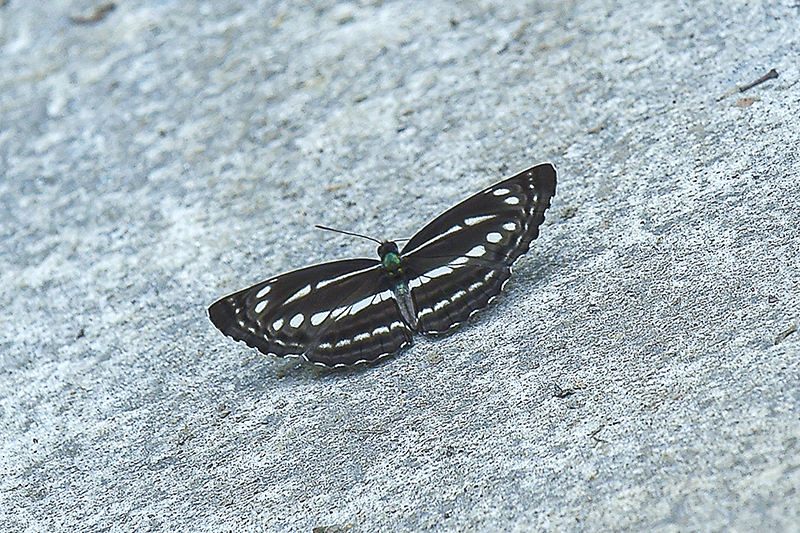
The land and homes are the spaces where indigenous culture is produced. By restoring traditional houses and cultural spaces, Awi Sapu leads his people in telling stories with confidence, and reclaiming their pride.
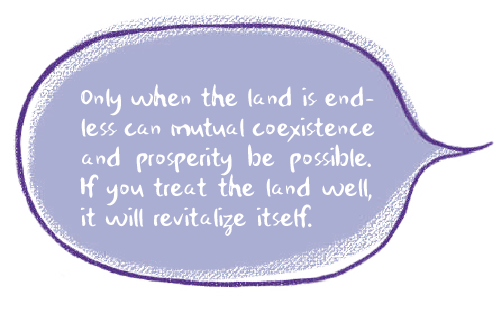
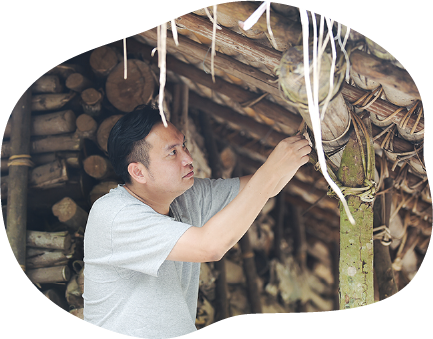
Even in the heat of summer, convection from the wood fire makes the semi-underground house feel fresh and cool. Location is important when the Sediq build a house; mountains give a strategic advantage against invasion, and though interior layouts vary depending on living habits, they are inseparable from men’s hunting and women’s weaving in the place where families gather.
Awi Sapu built a traditional Sediq house sitting next to the Nanshan Stream. The house is a physical representation of his ancestors’ wisdom and understanding of nature, and it’s a symbol of regained pride. It’s a seed of cultural revitalization, it’s where a community belonging was rediscovered, and it’s where Awi discovered his own cultural identity.
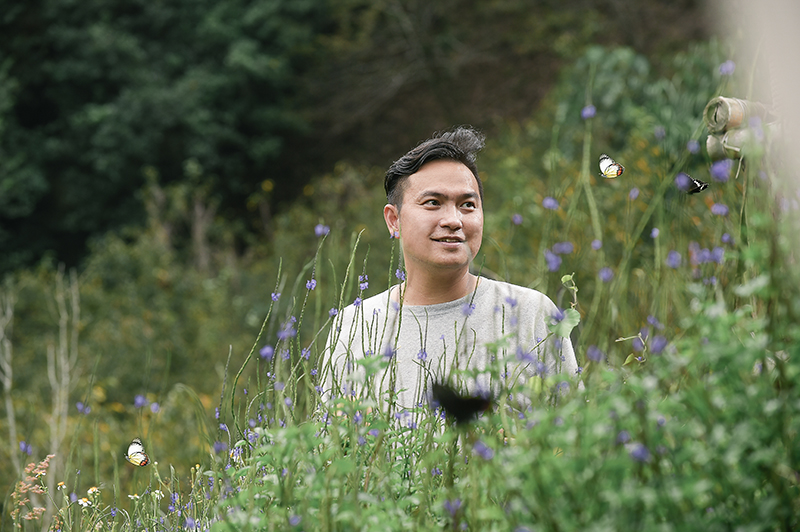
You can Only Introduce Yourself from a Textbook?
After graduating from elementary school Awi left his community to go study in the city. He was a stereotypical indigenous kid in the corner of his class, ignorant of his own ethnic culture and history. Then as a sophomore, now some 17 years ago, Awi had the chance to visit New Zealand for a M?ori cultural exchange organized by the Council of Indigenous Peoples.
He saw Māori kids using their mother tongue in government kindergartens and learning about their culture. They all could tell the story of their names, but Awi could only describe Mona Rudao from textbooks. Awi knew that Mona Rudao wasn’t even part of his community. “My community wasn’t even directly involved in the Wushe Incident.” His heart began to stir.
Awi started reading up on his community’s history when he got back to Taiwan. He found out about how during the 1902 “Battle of Pn-cbuan Hako Spide”, Japanese forces were prevented from entering the mountains; the victory was a point of community pride. But the characterization of Mona Rudo’s as a Sediq hero was influenced by the movies, and the departure from reality makes self-exploration and discovering self-identity difficult for the present generation.
When the community suffered a series of natural disasters including the 921 Earthquake and Typhoon Mindulle, landslides impacted tourism and people started thinking how to better treat the land. Awi returned to Nantou, and, inspired by what he’d seen in New Zealand, devoted himself to his cultural roots and began a journey of community development.
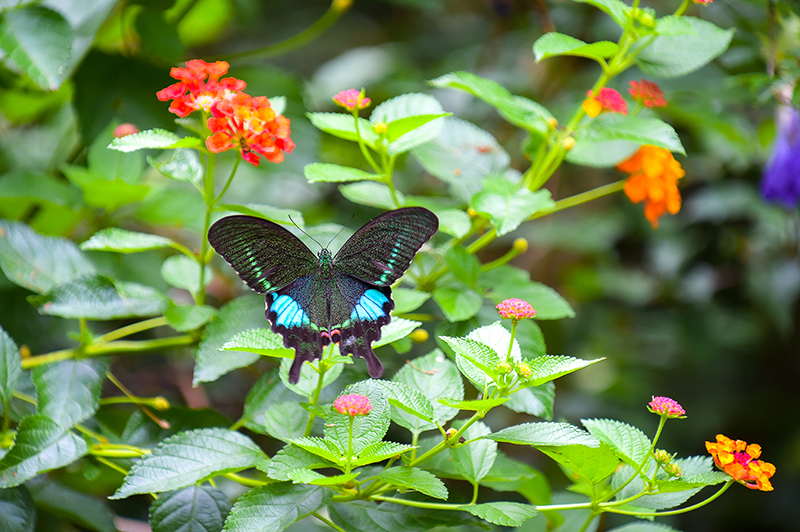
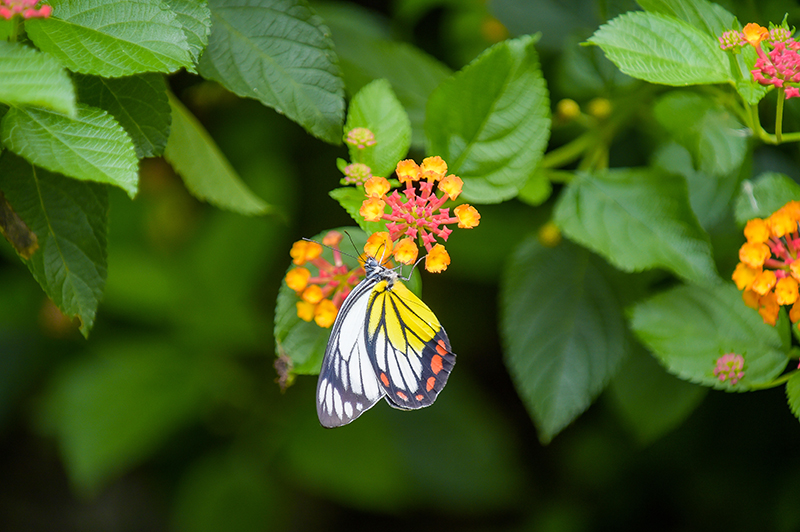
The Last Thing Came First
Awi and a group of returning young people jumped into community development, but faced strong criticism after being estranged from the community for so long. Some left for the city, and with a long series of unsuccessful negotiations extinguishing his own enthusiasm, Awi was about to follow. But he had unfinished dreams, and decided to try one last thing before leaving his community. Practically by accident, this became the first step in revitalizing the spirit of an ancestral practice.
For Awi, home is where stories begin. Using locally sourced materials, he built a traditional house for a government project, but when members of the Council of Indigenous Peoples came for a final inspection, his worst fear came true; an elder pulled a stone out of the wall with ease. Awi expected harsh words, but the elder began fixing the wall as he muttered in disapproval. “At that moment I realized the best way to get the elderly to teach is through reverse psychology.” Awi made one mistake after another and got strict coaching from his elders. And he restored a traditional craft that had almost been lost.
After this first experience, the elders began to get interested, and with a referral from the Council of Indigenous Peoples, the group, comprising young, middle-aged, and old members, went to Pingtung to build another house. They brought half of the building materials from their own community to ensure the home was built with traditional methods and to their standard of quality, and used local slate. Perhaps unsurprisingly, conflict between different generations of builders meant construction went slowly. When the house was finished and the group was sitting around the hearth, an elder suddenly spoke up. “This is such a nice house, but why is it in Pingtung?”
The question jolted Awi. “That’s right. These houses shouldn’t be built for tourists. They’re vessels for community’s culture. They hold a family’s stories.” So Awi built his third house back home, and this time was able to enjoy the process. Every stone and log outlines a family’s story, a story that will pass down through the generations.
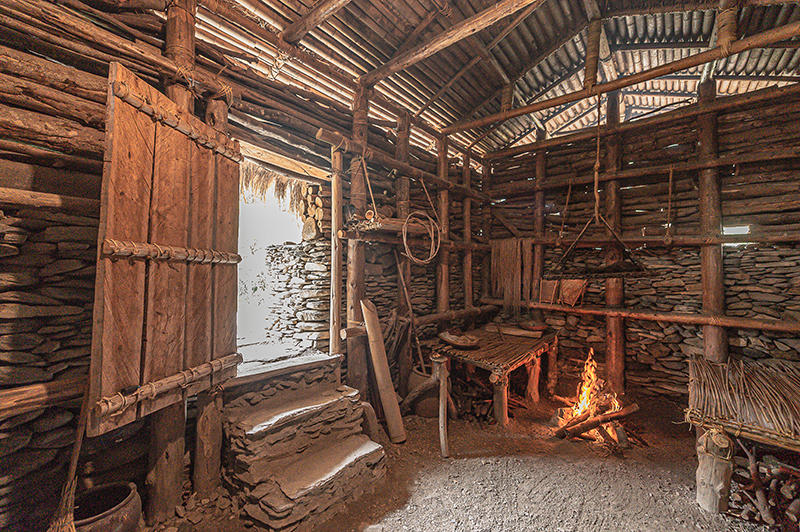
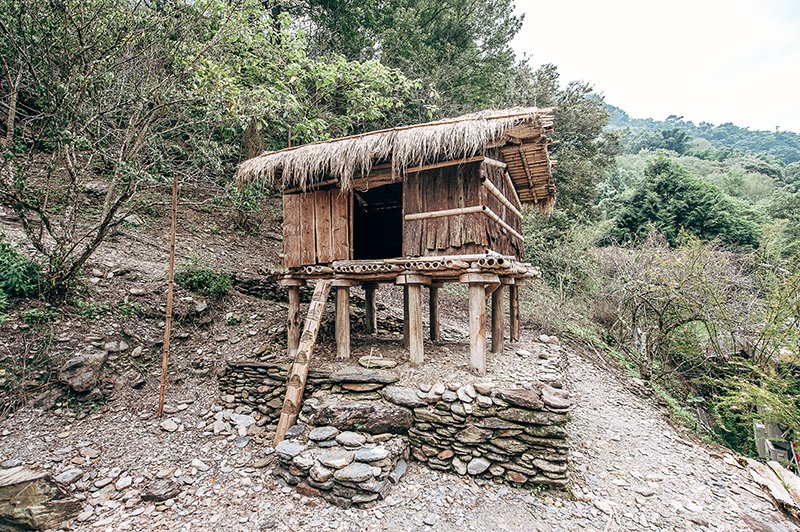
Awi uses traditional methods and materials to build a traditional house (upper) and barn (lower).
To Get to the Past,
Start with the Land
Besides building traditional houses and telling his own story, Awi wanted to rediscover the community of his childhood. Rich in biodiversity, Alang Tongan was once home to more than 230 species of butterfly. You could find them all over the mountains and fields - the village was nicknamed Butterfly Town. “When I was a kid, butterflies were everywhere. I’d catch butterflies to trade for lollipops.” Awi’s memories were clear, but the land had changed beyond recognition. After indiscriminate exploitation of the land and wildlife, fewer than 60 species of butterfly remain.
To reclaim pieces of a lost past, Awi began communicating the need to stop conventional farming. He introduced concepts of environmental protection from NGOs and NPOs through the Noah’s Ark Plant Breeding Project, and created a home for native species in the Baikei river eco-park. The park is now home to Taiwan shovel-jaw carp and a number of edible and nectar-producing plants. Carp have been rereleased upstream, and butterflies flutter once again through Alang Tongan.
“Community revitalization isn’t about copying foreign experiences, it’s about bringing back the land’s original rhythm.” Awi emphasizes that early on his people were willing to share. A harmonious division of labor and coexistence along river Baikei’s upper, middle, and lower reaches was the result of negotiation and reciprocity, but when relationships meant for mutual benefit become overly complicated, ecosystems and lifestyles can collapse.

The Importance of the Land
“People used to be content with what they had,” said Awi emotionally. “They took from nature only what they needed and the land could sustain them indefinitely. But when the land is exhausted, self-sufficiency becomes a fairytale. How can you expect the youth to return to the community then?”
At present, Awi is committed to mentoring farmers and agricultural production and marketing groups. Links between his community and Taichung City using the “shops out front, factories out back” strategy help take pressure off young people who return home to farm. “When livelihoods are guaranteed, our urban wanderers will return home. When community roles are in place, a positive feedback loop is possible. That’s when we can reclaim our community’s vitality.”
Ever an optimist, Awi doesn’t set goals, trusting rather to the endurance of Life. He confronted his past self with pride and principles, and now walks the path of revitalization. Because of his persistence, his community’s youth will be able to tell their own stories with pride.
